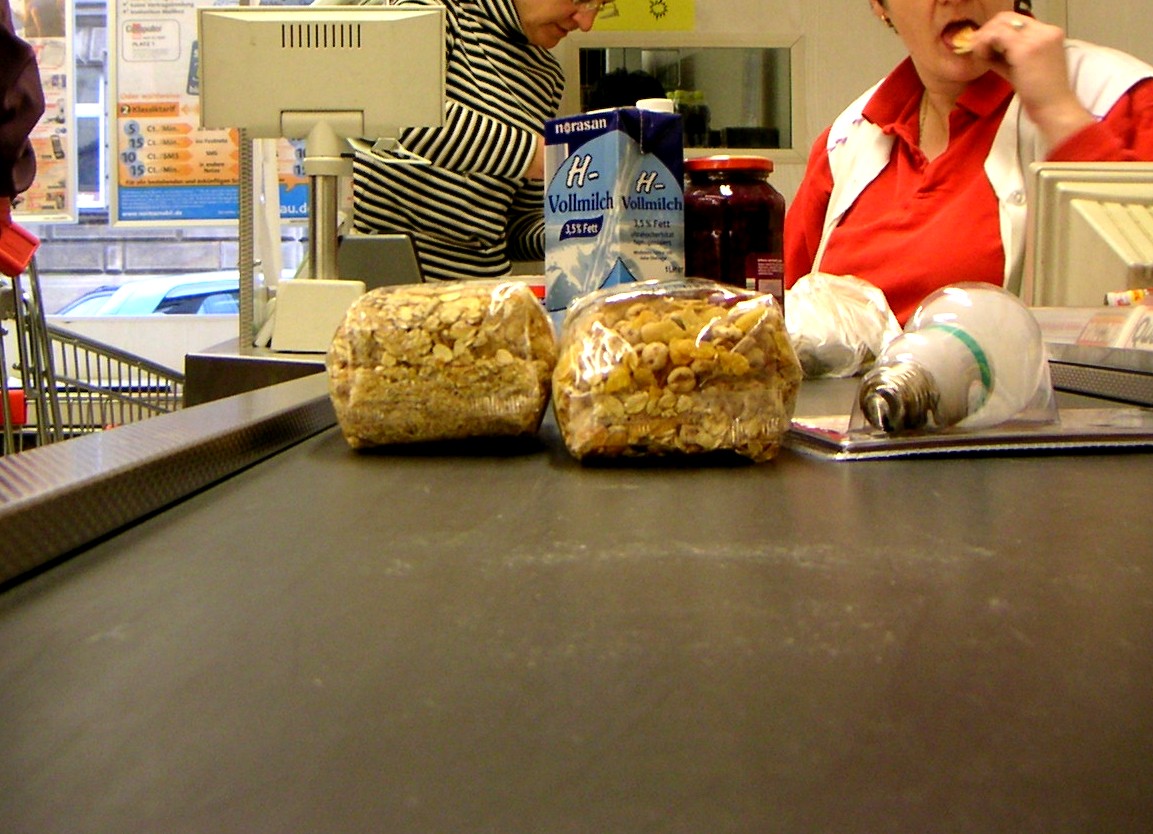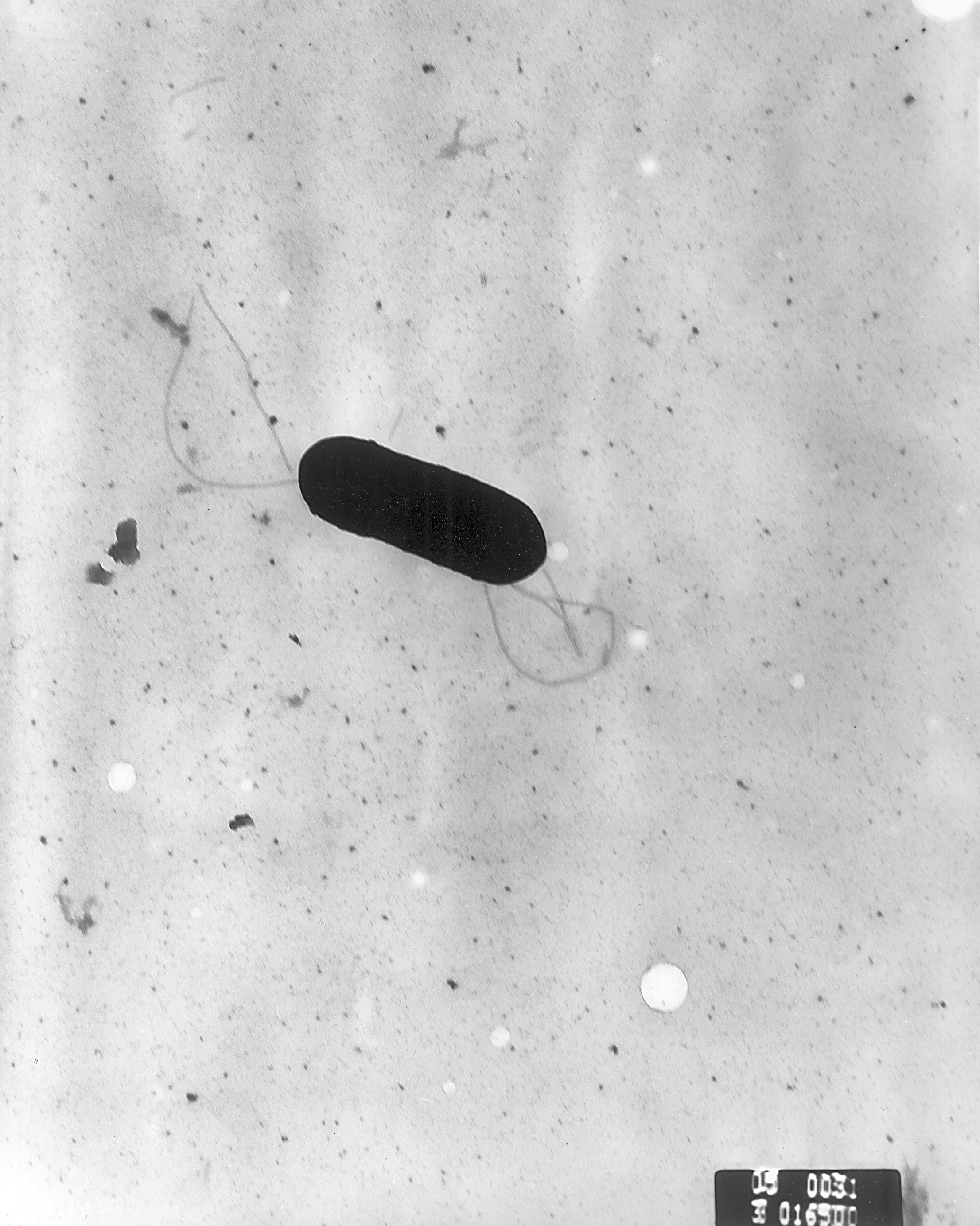Posts from the "Latest News" category
Analysis of International Food Safety Violations – 2013
Scott Witt & Zak Solomon write: In 2013, Food Sentry added over 3,400 verified instances of food safety violations associated with products exported from 117 countries. The incidents in the dataset were comprised of raw or minimally processed food items that were found to be in violation of the inspecting country’s regulatory scheme. Specifically, Food Sentry identified violations by product type as follows: seafood (23.5%); vegetables (20%); fruits (13.8%); herbs/spices (8.9%); dairy (7.5%); grains (7.1%); meats (7.0%); nuts/seeds (6.5%); other (5.7%).
According to the data, the countries that were the top ten sources of violative products in 2013 were (in order of frequency): India, China, Mexico, France, United States, Vietnam, Brazil, Dominican Republic, Turkey, and Spain. Each of these countries is a substantial food exporter and it is likely that their products are tested more frequently than other countries.
Read the full article at foodsentry.org
Food safety in stark focus
Paul Dykes writes: As a country that grows, processes and sells food products, New Zealand cannot afford to rest on its laurels when it comes to food safety, especially since the Fonterra botulism scare.
Farmers and rural leaders rate food safety almost as highly as biosecurity, a KPMG survey has found, most agreeing that our food safety system cannot be allowed to stagnate.
Read the full article at the NZ Herald website
Influenza pandemic will impact on fresh and processed produce industry, writes Richard Bennett
On 23rd September, SBS ONE’s Insight program ran a hypothetical-style question and answer forum on the subject of the impact of an influenza pandemic on the Australian community. The discussion included the health sector response, the rush to produce an effective vaccine, the role of emergency services, the impact on the Australian economy and how we would maintain the supply of food to the Australian population.
New food safety & technology post by Richard Bennett on the PMA A-NZ Blog. View the full post here: http://ift.tt/1t1b1N0
Image credit: Dr Terrence Tumpey
USA Food & Drug Administration 2014 Food Safety Challenge
US Food and Drug Administration: The 2014 FDA Food Safety Challenge is a call to scientists, academics, entrepreneurs, and innovators from all disciplines to submit concepts applying novel and/or advanced methodologies to foster revolutionary improvements in foodborne pathogen detection. Specifically, concepts should apply cutting-edge techniques to achieve significant improvements in the speed of the FDA’s detection methods for Salmonella with identification to the subtype/serovar level in minimally processed fresh produce.
To read the full article, please visit www.foodsafetychallenge.com
Hidden Contamination at Checkout: Grocery Conveyor Belts
March Dorfman writes: “Few places are dirtier than the checkstand conveyor belts at your local supermarket. Going round and round, year after year, conveyor belts may look clean, but they are actually a breeding ground for unwanted bacteria. Shoppers place billions of products on these contaminated belts, exposing foods — and families — to potentially harmful pathogens.
Checkstand belts are made from PVC, a petroleum-based material that’s durable, but it acts like a petri dish for bacteria.”
Read the full article at Food Safety News
Image credit: dan-yell / Wikimedia, CC BY-SA 3.0
China Serves Up ‘Smart Chopsticks’ in Wake of Food Safety Scandals
AFP: From recycled cooking oil to fox meat and chemicals, a litany of food scandals have turned Chinese diners’ stomachs, but a new “smart chopsticks” concept could put the answer in their hands.
The device, which Internet search giant Baidu says can tell consumers whether the food in front of them is safe to eat, was born of an April Fool’s video.
Read the full article at abc.net.au
Image credit: Bruce Guenter / Flickr, CC BY 2.0
2014 CPS Symposium Key Learnings: 10 Lessons Learned
18 September 2014
Dr Bob Whitaker & Dr Jim Gorny from the Produce Marketing Association have provided a summary of 10 key lessons from the 2014 US Centre for Produce Safety (CPS) fifth annual reseach symposium.
Importer’s Fine Increased to Encourage Food Safety
Rebekah Carter writes: “Following a major food safety breach by Queensland food import company B&E Packaging, it has been announced that the fine for any breaches of the Imported Food Control Act 1992 will rise from $7,000 to $20,000.The hope is that this boosted fine will serve as an effective deterrent to food importers who may consider ignoring Australia’s strict food safety regulations.”
Read the full article at the Australian Institute of Food Safety (AIFS) website.
Image credit: Brian Turner / Flickr, CC BY 2.0
NZ MPI Releases Guidance Document on Determining the Shelf Life of Food
foodprocessing.com.au: The NZ Ministry for Primary Industries (MPI) has released the ‘How to Determine the Shelf Life of Food’ document.
The document is intended to help food operators who process, prepare and handle food to determine the shelf-life of their food and apply appropriate date marking. The guide is also useful for other food operators who process, prepare and handle foods for retail sale under the Food Act 1981, Animal Products Act 1999 and Food Act 2014.
Read the full article at foodprocessing.com.au
Download the document from foodsafety.govt.nz (PDF, 486 KB)




